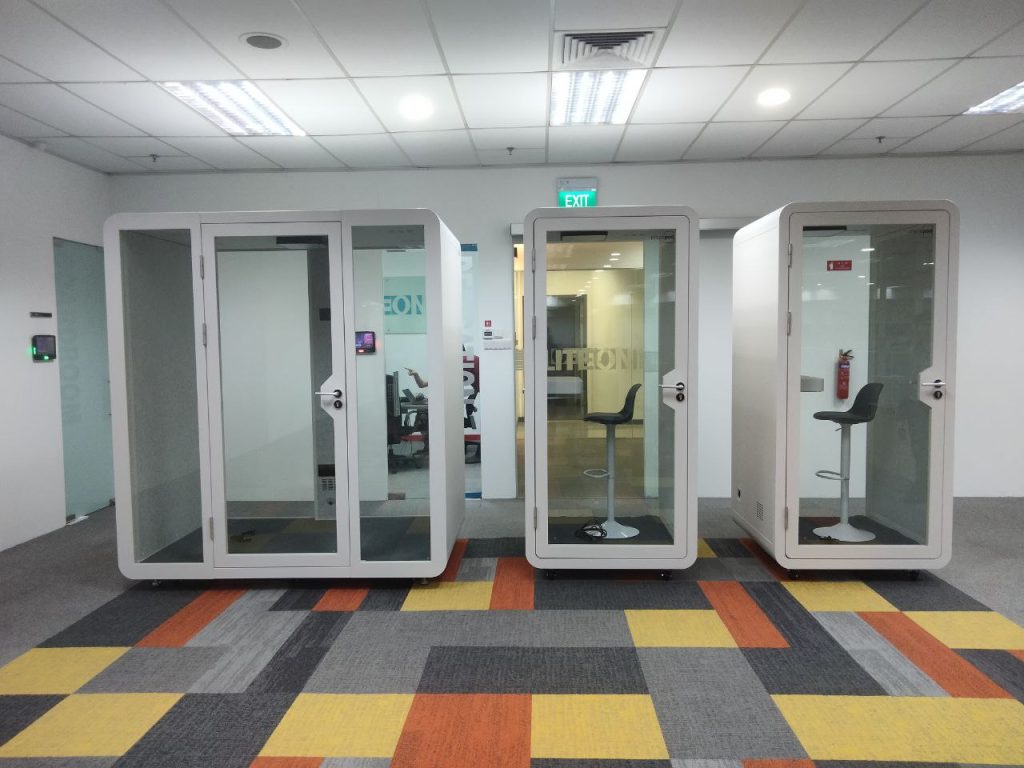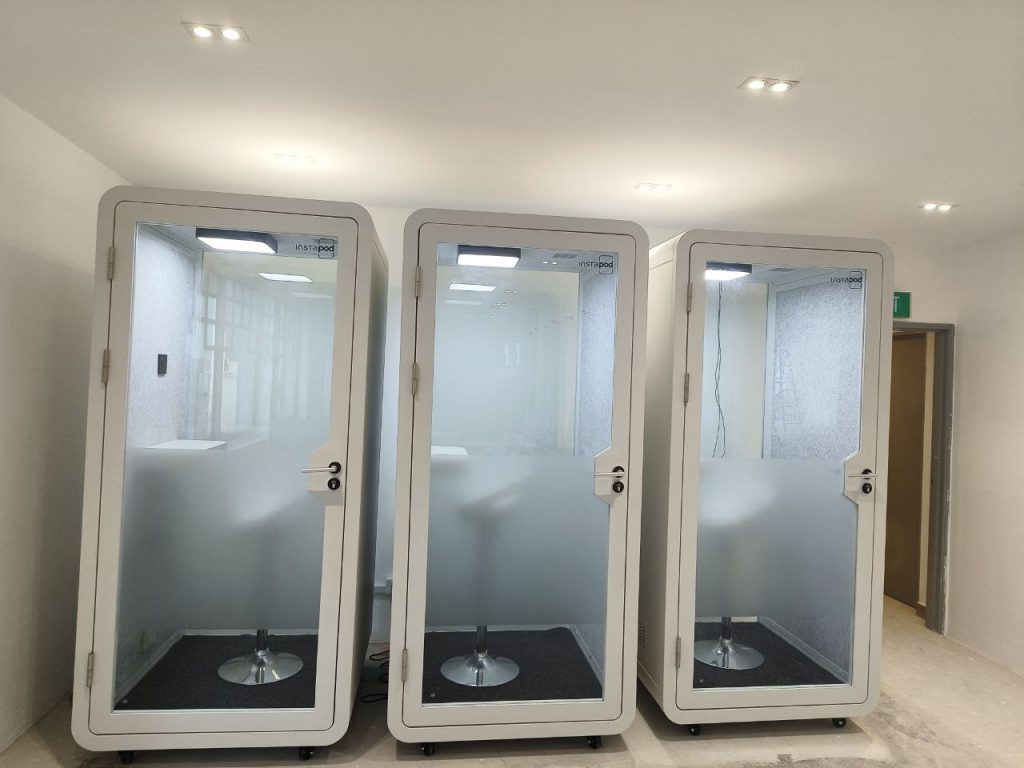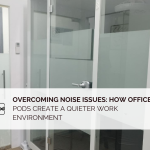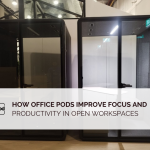No pods added to your quote request yet. Add some now for a free quote!
Why Office Pods Are the Future of Workplace Design
In an era where workplace design is evolving rapidly, office pods have emerged as a game-changer. These innovative spaces are redefining how we think about work environments, offering solutions that address modern needs for privacy, flexibility, and productivity. But why are office pods considered the future of workplace design? Let’s delve into the reasons behind their growing popularity and the transformative impact they’re having on workplaces.

1. Adaptability and Flexibility
One of the primary advantages of office pods is their adaptability. Traditional office layouts often struggle to keep pace with changing work styles and team dynamics. Office pods, however, offer a versatile solution. They can be configured to suit a variety of needs, whether for individual work, small group meetings, or brainstorming sessions. This flexibility helps organizations quickly adapt to shifting demands, ensuring that the workspace remains functional and relevant.
2. Enhanced Privacy and Focus
In open-plan offices, distractions and noise can significantly impact productivity. Office pods address this issue by providing a dedicated space for focused work. Their enclosed design creates a quiet environment, free from the usual interruptions found in open office settings. This privacy is crucial for tasks requiring deep concentration, making office pods an attractive option for businesses aiming to boost employee productivity and satisfaction.
3. Improved Collaboration
While office pods are designed to offer privacy, they also foster collaboration in unique ways. Many pods are equipped with technology that facilitates virtual meetings and team discussions. Their compact design encourages spontaneous brainstorming sessions and quick huddles, bridging the gap between individual work and team interaction. This balance between privacy and collaboration is essential for fostering a dynamic and innovative work culture.
4. Wellness and Ergonomics
The ergonomic design of office pods contributes to employee well-being. Many pods are designed with comfortable seating, proper lighting, and adjustable features that support healthy work postures. This focus on ergonomics not only enhances comfort but also helps prevent work-related injuries and discomfort. By prioritizing employee wellness, office pods contribute to a healthier and more engaged workforce.
5. Aesthetic Appeal and Branding
Office pods also play a role in enhancing the aesthetic appeal of a workspace. Available in various designs and finishes, they can be customized to align with a company’s branding and interior decor. This personalization helps create a cohesive and attractive work environment, which can positively impact employee morale and the perception of the company by clients and visitors.
6. Space Efficiency
In urban environments where office space is often at a premium, office pods offer a practical solution for maximizing space utilization. Their compact design allows for the efficient use of available space, making it possible to create functional areas within smaller office footprints. This efficiency is especially valuable for companies looking to optimize their real estate without compromising on the quality of the work environment.
Conclusion
Office pods are not just a trend but a forward-thinking solution that addresses the evolving needs of modern workplaces. Their adaptability, privacy features, collaborative potential, ergonomic benefits, aesthetic appeal, and space efficiency make them a compelling choice for businesses seeking to create a more functional and dynamic work environment. As we continue to embrace new ways of working, office pods are poised to play a central role in shaping the future of workplace design.
Back



